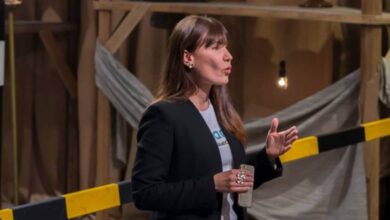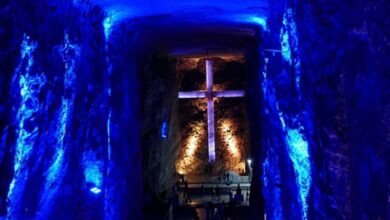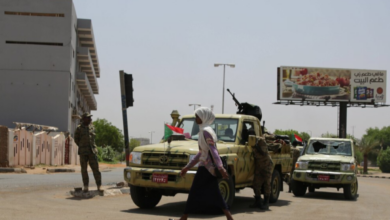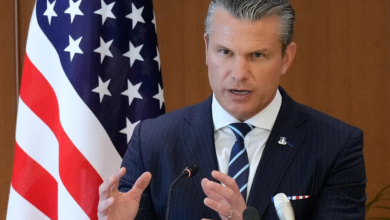Ecuador Offers Colombia a Green Method for Drug Disposal Using Encapsulation Technique

Ecuador proposed to Colombia the adoption of an environmentally friendly drug encapsulation technique, successfully eliminating around 500 tons of narcotics since 2021.
Enhancing Cross-Border Collaboration
In a significant move towards enhancing cross-border cooperation in the fight against drug trafficking, the Government of Ecuador has extended a groundbreaking proposal to its Colombian counterpart. This Wednesday, during the eighth Ecuador-Colombia Joint Commission on Drug Matters (Comixta), held via videoconference, Ecuador shared its innovative approach to narcotics disposal known as the encapsulation technique. According to a press release from Ecuador’s Ministry of the Interior, this method has led to the successful neutralization of approximately 500 tons of drugs since its implementation in 2021.
The encapsulation process, as detailed by the Ecuadorian delegation, involves crushing the narcotics and blending them with cement, sand, and other substances until their psychoactive properties are entirely neutralized. This method stands out not only for its efficiency but also for its environmental benefits. It is touted as being 16 times faster than incineration, the more traditional method of drug disposal, and significantly less harmful to the environment.
This eco-friendly technique recently demonstrated its effectiveness and speed by disposing of the largest cocaine haul in Ecuador’s history — a staggering 21.5 tons — in just about 12 hours. Edmundo Mera, Ecuador’s Undersecretary for the Administration and Control of Substances Subject to Surveillance, emphasized the importance of adopting disposal methods that harmonize with environmental conservation. “The final disposition of seized substances, precursors, and alkaloids must employ techniques and methodologies that are empathetic towards environmental care,” Mera stated.
Extending the Proposal to Colombia
The proposal to Colombia underscores a shared commitment to addressing the challenges posed by illicit drug markets while minimizing environmental impact. “Today, we will propose to Colombia, should their regulations permit, to also adopt this technique,” Mera announced, signaling a potential shift towards more sustainable practices in drug law enforcement across the region.
The Comixta session facilitated the formation of two working groups focused on strategizing against the criminal drug market and providing comprehensive support to individuals vulnerable to drug abuse. Guido Núñez, a member of the Ecuadorian delegation, highlighted the importance of these discussions in forging operational and legislative collaborations between the two nations. Such collaborations aim to enhance efforts in drug control, interdiction, legal proceedings, and combating illicit trafficking.
Elizabeth Taylor Jay, Colombia’s Vice Minister for Multilateral Affairs at the Ministry of Foreign Affairs, recognized the forum as “an opportunity to improve the lives of thousands of Colombians and Ecuadorians affected by drugs and to strengthen our action against transnational criminal enterprises jointly.” This sentiment reflects a broader regional aspiration towards collaborative and innovative approaches to drug policy, emphasizing health, safety, and sustainability.
Setting a Precedent for Responsible Practices
The encapsulation technique significantly advances how countries can manage confiscated narcotics disposal. By reducing the environmental footprint of drug destruction operations, Ecuador sets a precedent for a more responsible and sustainable approach to combating drug trafficking — one that Colombia and potentially other nations could emulate. As Ecuador and Colombia continue to navigate the complexities of drug control and bilateral cooperation, adopting such environmentally conscious practices could mark a pivotal step towards achieving a drug-free society and a greener planet.
Also read: Health Authorities Confirm that the ‘JN.1’ Variant of COVID-19 is Circulating in Colombia
This initiative between Ecuador and Colombia could serve as a model for international collaboration, demonstrating how joint efforts can lead to innovative solutions addressing security concerns and environmental preservation. As the world grapples with the dual challenges of drug trafficking and environmental degradation, the partnership forged during the Comixta meeting illuminates a path forward where technology and cooperation converge to make a significant impact on global drug policy and environmental stewardship.





